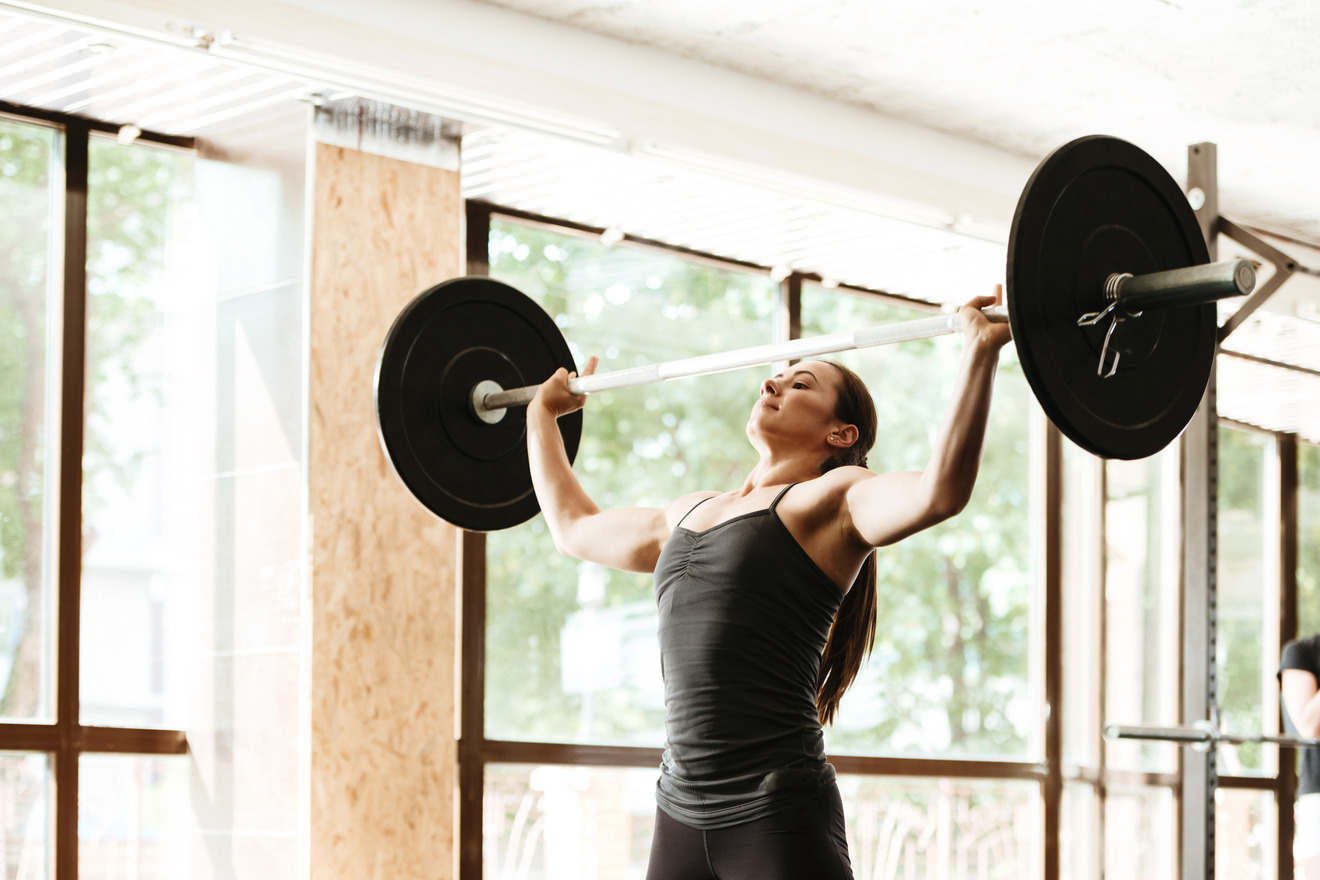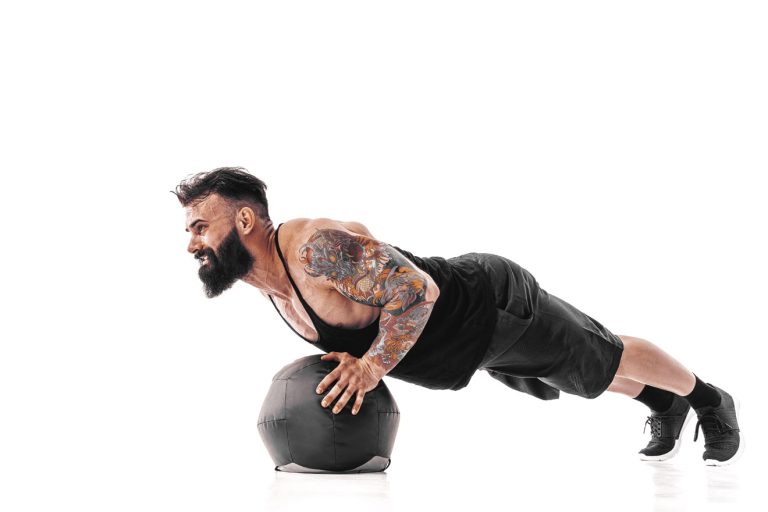Why lifting heavy isn’t just for men
Key takeaways
- Lifting heavy is not only for men, but also women. It is a myth that lifting heavy will make women look bulky.
- Benefits of strength training for women include building lean muscle, increasing bone density, and boosting mental-health.
- To help women feel less intimidated at the gym, make sure to focus on mastering the basics. Use the principle of progressive overload, add accessory work, track progress and ensure proper rest.
Debunking the myth: will lifting heavy make women bulky?
For decades, the fitness world was dominated by the misconception that lifting heavy weights was only for men. Many women were steered toward cardio workouts or light dumbbells with high repetitions, driven by the fear that lifting heavy would make them bulky. However, modern fitness science has dismantled these myths, revealing that heavy lifting is not only safe for women but also incredibly beneficial for health, fitness, and overall well-being.
In reality, getting bulky due to weight training is unlikely in women due to differences in hormones like testosterone. Women who appear exceptionally muscular often achieve that level through years of highly specific training, strict nutrition, and sometimes supplementation. For most women, lifting heavy weights leads to a toned, athletic physique rather than excessive muscle mass. Heavy strength training shapes muscles, reduces fat, and enhances curves.
Strength training is a powerful tool for women seeking to transform their bodies, improve health markers, and build confidence. In this article, let’s explore the unique benefits of strength training for women and share tips to help women embrace heavy lifting.
The benefits of strength training for women
Strength training offers a host of physical, mental, and metabolic benefits that go far beyond aesthetics.
1. Building lean muscle and reducing body fat
Lifting heavy weights helps women build lean muscle tissue, which not only enhances physical strength but also increases the body’s resting metabolic rate. This means you’ll burn more calories even when at rest. Strength training also leads to improved body composition, making muscles more defined and toning the body without creating excessive bulk.
2. Enhancing bone density
Women are at a higher risk of developing osteoporosis as they age. Strength training places stress on bones, which stimulates them to become stronger and denser. Regular weight training can significantly reduce the risk of bone-related issues later in life.
3. Improving hormonal health
Contrary to the fear of developing a bulky physique, women’s hormonal makeup—characterized by lower testosterone levels—naturally limits extreme muscle growth. Instead, lifting heavy helps regulate other hormones, such as cortisol and insulin, which play vital roles in reducing fat storage and promoting muscle development.
4. Boosting confidence and mental well-being
There’s a unique sense of accomplishment that comes with lifting heavier weights. Strength training not only builds physical strength but also fosters mental resilience and confidence, empowering women in all aspects of life. It has also been shown to reduce symptoms of depression and anxiety.
Key strength training tips for women
For women new to heavy lifting, getting started can feel intimidating. Following these practical tips can make the journey smoother and more effective.
1. Start with the basics
It’s essential to master basic movements like squats, deadlifts, presses, and rows. These compound exercises target multiple muscle groups and provide the foundation for building overall strength. Starting with lighter weights to focus on proper form is a wise first step before progressing to heavier loads.
2. Focus on progressive overload
To build strength and muscle, your body needs a challenge. Progressive overload involves gradually increasing the weight you lift over time. This principle ensures your muscles continue to adapt and grow stronger.
3. Don’t neglect recovery
Most people don’t understand how muscles grow. Muscle repair and growth happen during rest, not while lifting. Prioritize rest days and ensure you’re getting enough sleep to allow your body to recover. We want to avoid overtraining. Additionally, consuming a protein-rich diet supports muscle recovery and growth.
4. Incorporate accessory work
While compound movements are crucial, accessory exercises like glute bridges, lateral raises, and core work help target smaller muscle groups and address muscle imbalances. Incorporating a variety of exercises keeps your routine well-rounded.
5. Track your progress
Keeping a log of the weights you lift and the number of repetitions completed helps track progress and identify areas for improvement. Celebrate small victories along the way to stay motivated.
Overcoming Gym Anxiety
Gym intimidation is a common barrier for women entering the weight room. The sight of heavy weights and experienced lifters can feel overwhelming, but there are ways to ease the transition.
1. Educate yourself
Learning about exercises, proper form, and gym etiquette can help you feel more prepared and confident. Online resources, fitness apps, or hiring a personal trainer can provide valuable guidance.
2. Start with machines
For beginners, strength machines can be a stepping stone to free weights. They provide stability and help you learn the basics of resistance training without the added challenge of balance.
3. Find a community
Joining a group class, working out with a friend, or connecting with an online fitness community can provide support and motivation. Having others to share your journey with makes it more enjoyable and less intimidating.
Strength training for different goals
Women can tailor their strength training programs based on their specific goals, whether that’s fat loss, muscle building, or athletic performance. For fat loss, focus on high-intensity strength training that incorporates short rest periods to keep your heart rate elevated. Pair this with a balanced diet that supports a calorie deficit. If your goal is muscle building, prioritize heavier weights with lower repetitions and ensure you’re consuming enough calories and protein to support muscle growth. Last, if you want to improve general fitness, use a mix of strength training, cardio, and flexibility work creates a balanced routine that supports overall health.
Embrace the empowerment of lifting heavy
Lifting heavy weights isn’t just for men; it’s a transformative practice that can help women achieve their health and fitness goals while building confidence and resilience. By embracing strength training, women can take control of their fitness journeys and experience the numerous benefits it offers.
Start small, focus on consistent progress, and don’t let outdated stereotypes hold you back. Whether you’re lifting a barbell for the first time or challenging yourself to set a new personal record, every rep is a step toward a stronger, healthier you.
Written with the assistance of AI. Reviewed and edited by Marielle Livelo.







